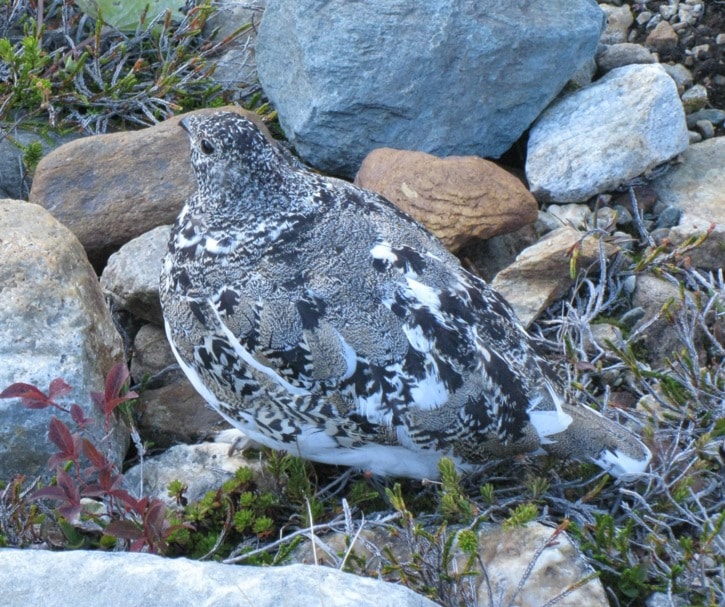The Naturalist, by Michael Morris
My main occupation for the next two months is mapping where birds breed as part of the British Columbia Breeding Bird Atlas Project. I am among five hundred volunteers across the province who search for evidence of birds reproducing and then enter that information onto an online data base. It is the first time a project of this scale has been undertaken in BC. See www.birdatlas.bc.ca.
The province is divided into ten=by-ten kilometre squares based on the UTM grid (that stands for the Universal Transverse Mercator coordinate system). My task is to find as many bird species as I can in each square that may be breeding. We have a ladder of evidence, with an active nest as the best evidence and simple presence in the area as the weakest evidence, with sixteen levels in between. For me it is like a treasure hunt laid out in ten kilometre squares over a rugged landscape.
The breeding indicator I find more than any other is birds singing. Males sing to attract a mate and to defend a territory. Singing is a way for the female to judge the male’s vigour and suitability. Territories matter because parents want exclusive access to food nearest their nest. Keeping foraging trips as short as possible saves energy. A chick will eat its own weight in insects every day. Insects are high in protein and fat and the reason why birds come here to breed. The main breeding season is now until the middle of July. By the end of July some species are already migrating south.
This is the fourth year of the five year atlas project. So far, we can report that within ten kilometres of Revelstoke there are 131 species of birds that are showing some level of breeding behaviour and that we have found evidence of young birds for 67 of those species. The Revelstoke square is not typical of the Columbia Mountains. Its results are higher than elsewhere in this region because of the species diversity of wetlands by the airport and because of the number of people searching here is higher than elsewhere in the Columbia region.
Surveying for birds is a way of assessing the environment. Birds are good indicators, occupying every niche and responding quickly to changes. Scientists yearn for this type of baseline information because they can’t afford to do it themselves at this scale. I do it because it’s fun. It leads me to remote or obscure places I would not otherwise visit.
PS. Most bird species produce more chicks than needed to maintain their population. Inevitably, some chicks are lost to predators and some fall out of their nest. Should you find an apparently lost chick, leave it alone. Likely, its parent is nearby waiting for you to leave. If not, it is lunch for hawks or owls also trying to raise young. In any case, leave it be. Nature will take its course. Much more important is maintaining the habitats these creatures need to survive.
